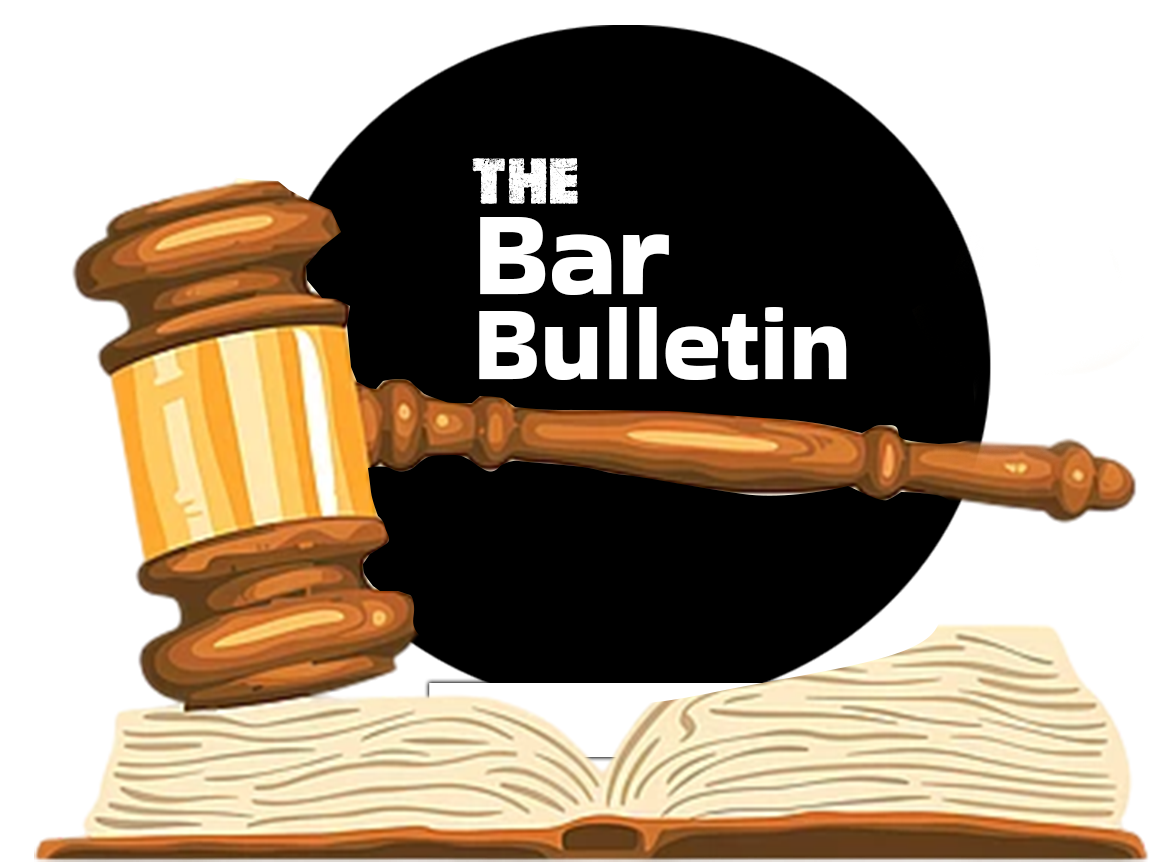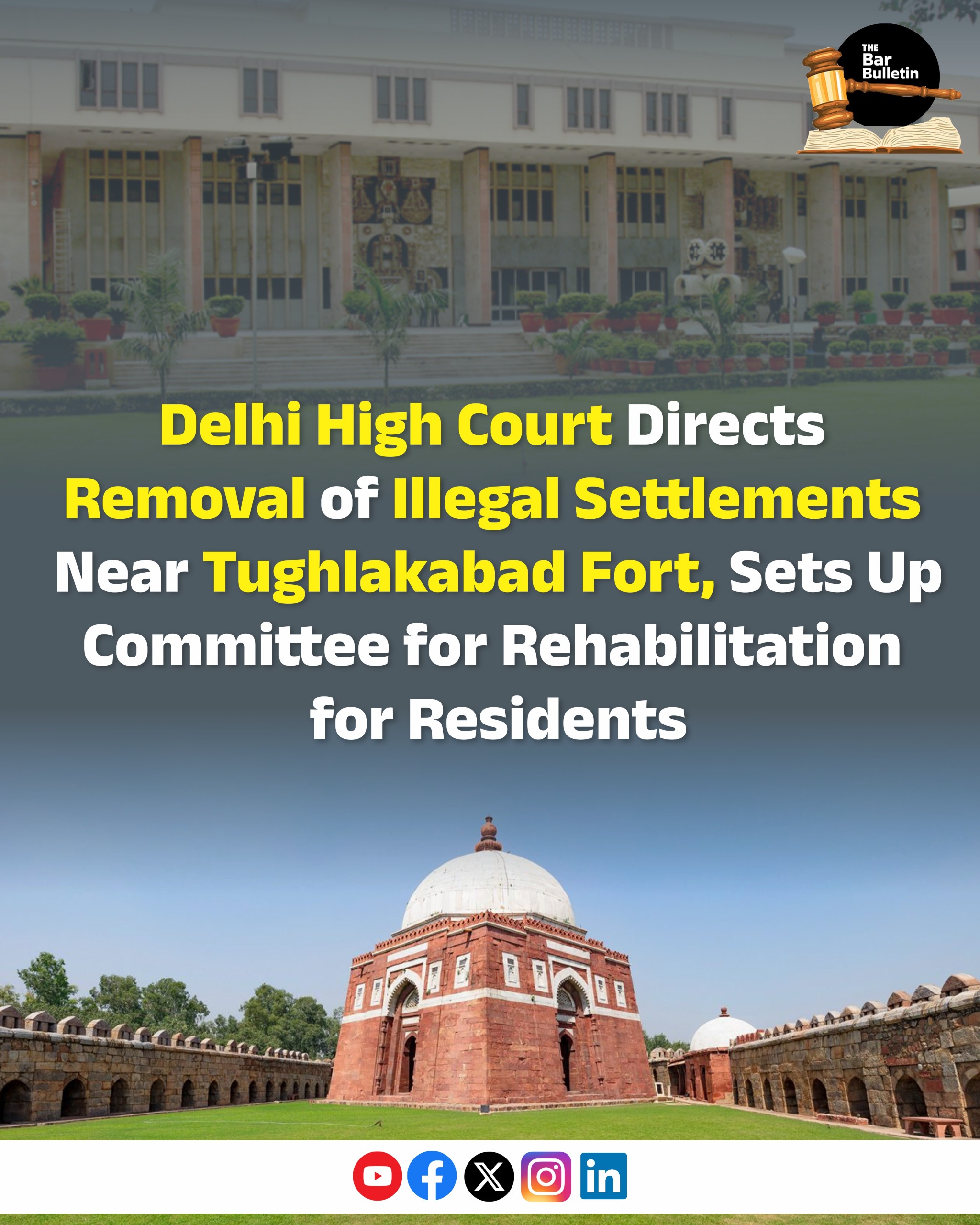The Delhi High Court on September 24, 2025 allowed multiple writ petitions concerning large-scale encroachments in and around Tughlakabad Fort, a protected monument under the Ancient Monuments and Archaeological Sites and Remains Act, 1958. Chief Justice Devendra Kumar Upadhyaya and Justice Tushar Rao Gedla observed that encroachments and unauthorized constructions in protected and regulated areas are unlawful and must be cleared, but such action must be balanced with rehabilitation measures to protect displaced residents.
The case arose from earlier petitions in which the Court had been monitoring rampant encroachments near Tughlakabad Fort. A demarcation report based on previous orders was submitted, showing that while there was no encroachment inside the monument, substantial encroachments existed within its boundary walls and on ASI (Archaeological Survey of India) land, handed over in 1993. Subsequently over the years, residents, largely from weaker sections, had put up shacks and in some cases permanent houses, often with implied official consent.. The respondents said that Parliament has long had laws to protect monuments, starting with the Ancient Monuments Preservation Act, 1904, then the Ancient and Historical Monuments and Archaeological Sites and Remains Act, 1951, and later reinforced by the 1958 Act. These laws aimed to protect national heritage, and Tughlakabad Fort, as a monument of national importance, reflects India’s history and must be preserved. They also expressed helplessness in removal of such dwellings due to lack of cooperation from other authorities including Delhi Development Authority (DDA), Municipal Corporation of Delhi (MCD), Government of National Capital Territory of Delhi (GNCTD), Ministry of Housing and Urban Affairs and Government of National Capital Territory of Delhi (GNCTD).
The Court held that all encroachments and illegal constructions within the prohibited (100 meters) and regulated (200 meters) areas must be removed to ensure compliance with law and to protect India’s heritage. The Court noted the potential displacement of many families and directed that rehabilitation under government schemes run alongside eviction. To aid that a high-level committee of Union Government, GNCTD, ASI, MCD, DDA, and Delhi Police officials was formed to survey the area, prepare a removal and rehabilitation policy, and monitor implementation. The Court also directed the CBI to submit a status report on earlier investigations into encroachments and possible official connivance. Regarding BSES Rajdhani Limited’s concerns over the ASI’s blanket ban on new electricity connections, the Court instructed the Director General of ASI to reconsider the ban and communicate a decision within two weeks. The Court directed the Committee Chairman to file a progress affidavit by December 3, 2025, when the matter stands listed again.
Appearances:
For the Petitioners – Mr. Dayan Krishnan, Sr. Adv. (Amicus Curiae) Advs- Mr. Sanjeevi Seshadri, Mr. Sukrit Seth, Mr. Shreedhar Kale, Mr. Aditya Rajgopal and Ms. Radhika Yadav
For the Respondents – Adv. Mr. Chetan Sharma, ASG with counsels for ASI/UOI; Mr. Sanjay Katyal, Standing Counsel for DDA; Mr. Anand Prakash, Standing Counsel for MCD; and others

